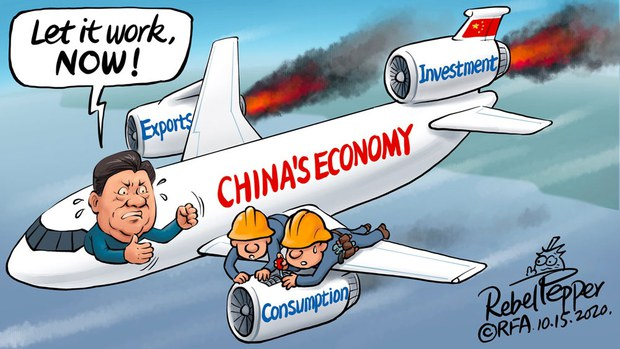As China grapples with a turbulent economic landscape, Premier Li Qiang is set to unveil the government's strategy for supporting the slowing economy at the National People’s Congress this week. The focus will be on policy priorities and stimulus signals, with investors eagerly awaiting the announcement of an annual growth target, expected to be around 5%.
In a bid to chart a recovery from a challenging year marked by deflation, a property crisis, mounting debt, and foreign capital outflows, Premier Li is expected to outline a growth-friendly policy stance. However, experts suggest it won't be a "bazooka-type stimulus," with the policy tone already set at the Central Economic Work Conference in December.
The 2024 growth target, anticipated to be around 5%, will be a crucial policy signal. While mirroring the 2023 goal, achieving it will be more challenging due to a higher base of comparison. Policymakers are also under scrutiny for their approach to new economic drivers, steering away from a property-driven growth model, and plans to boost consumption.
Deflation remains a significant concern in 2024, with a prolonged deflationary streak in economy-wide prices last year. Policymakers face the delicate task of reviving growth while addressing deflation risks, unemployment, and fallout from the property downturn. Setting an ambitious growth goal amidst deflationary pressures could signal a commitment to economic growth, as suggested by Goldman Sachs analysts.
To achieve the growth target, China may need stronger stimulus measures. The Ministry of Finance's budget report, set to be released concurrently, will reveal the extent of Beijing's commitment to shoring up the economy. Economists anticipate a fiscal deficit of about 3.3% of GDP, exceeding the 3% target for 2023, reflecting a willingness to strengthen fiscal policy. However, the challenge lies in local governments' ability to take on more debt, given their existing burdens and falling income due to the property crisis.
On the monetary policy front, officials are likely to emphasize flexibility, appropriateness, and precise targeting. Aligning money supply and credit growth with economic and inflation targets, alongside strengthened structural monetary policy, will be key in supporting targeted sectors.
As Premier Li Qiang delivers the government work report and the budget, the 2024 growth strategy unveiled at the NPC will undoubtedly shape China's economic trajectory and have repercussions for global markets. Investors are keenly observing the nuanced approach Beijing takes to navigate these complex economic challenges.

Comments
Post a Comment